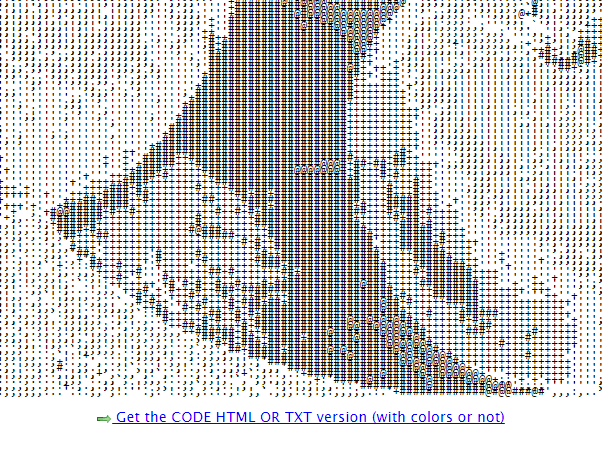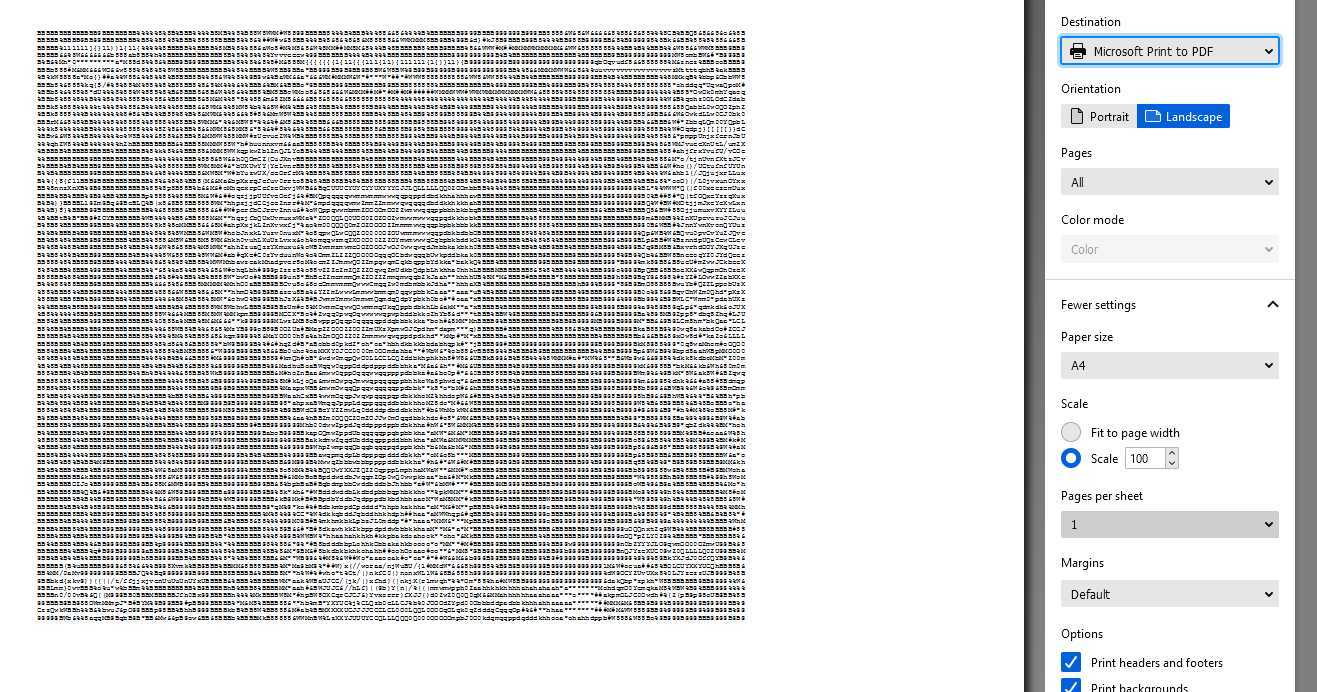

- Convert image to ascii art how to#
- Convert image to ascii art generator#
- Convert image to ascii art code#
You can play arround with different ramps (e.g. And don't forget about line breaks.Ģ:19 - running the application for the first time to check results in the console.Ģ:33 - the smaller scale is the better results we get. Now we are ready to output every character. Notice that we are dividing the value of "average pixel" by 65536 - this is because Golang's () returns red, green and blue components as 16-bit numbers having 65536 possible values each.
Convert image to ascii art generator#
3) Ascii generator is a dedicated website tool for creating.
Convert image to ascii art how to#
The funny part is - how to convert grayscale value to an ASCII character? There are some examples of greyscale ramps - you can check more details here.įor example we can use or but I decided to go with even more simple idea is - the darker color is the more "dense" ASCII character should be. 1) ASCII art generator quickly converts any photo in letters and symbols ASCII. The bigger scaleX and scaleY values the smaller (and with less quality) the resulting ASCII art will be. Note that we are doing some range checks here to avoid going out of the image boundaries.ġ:47 - now we can just iterate through our image and find average pixel values.īy doing some experiments I came to conclusion that the good ratio is around 2:1 to look nice on terminal screen. It will convert rectangle (x, y) - (x+w, y+h) of image img to grayscale and will find average value of all pixels in this rectangle. That's why we need to group or scale a number of pixels and replace them with one single "average" pixel. For example image 400 by 400 pixels is a rather small image, however you will not find a terminal with 400 colums or 400 rows. Copy and Paste the text and share it on the social media platform. What can you do with Image to Ascii text It helps to generate ASCII text from the image. Therefore we need to do some type conversion here.ġ:20 - obviously one pixel of a real image cannot be mapped one-to-one to an ASCII character as ASCII character on the screen takes much more space. Image to Ascii ART Online This tool helps you to convert images to Ascii art and you can share it with Facebook or any other social network by copy and paste.

Note that Golang does not allow to multiply int (or in this case uint32) with float64 constants. There are several ways how to do it and in this case we will use a formula that was used for NTSC analogue television encoding system. Note that we are importing image/png package - this way we instruct Golang which decoder should be used for loading the image.įor consistency we are checking that there are no errors and the image is loaded properly.ġ:07 - define grayscale function that will convert RGB color to a grayscale component. Usually such type of images give best results for ASCII art.Ġ:40 - define loadImage function that will load image from a file system. This image is nice as it has some contrast - some light and dark areas with clear borders. Let's break down the solution and comment on some complex or interesting things.Ġ:20 - As starting point we'll use an image with Golang logo.
Convert image to ascii art code#
You can use this program on any image that you have.Disclaimer: never use this code in production. Help='output width in characters (Default 120)') Parser = argparse.ArgumentParser(description='Display an image in ASCII with ANSI colors') New_pixels = Īscii_image = ) for index in range(0, new_pixels_count, width)]

Img = ImageEnhance.Sharpness(img).enhance(2.0)Ĭhars =

Img = img.resize((width, int(new_height))) New_height = aspect_ratio * width * height_scale Uses a sharpness filter to improve the outputĭef render(image_file, width=120, height_scale=0.55, colorize=True): Converts ALPHA channel to whitespace (transparency) width WIDTH output width in characters (Default 120) h, -help show this help message and exit Usage: image2ansi.py pathĭisplay an image in ASCII with ANSI colors Here is Shaw's program in its entirety: """ Shaw's program uses the ansicolors package to add some color to your ASCII art. These programs work best with simple images, especially ones that don't have backgrounds. Most of these small programs use the Pillow package. Anthony Shaw, an author, and contributor at Real Python, has his own snippet on GitHub. There are lots of fun Python snippets out there that you can use to convert your photos into ASCII art.


 0 kommentar(er)
0 kommentar(er)
